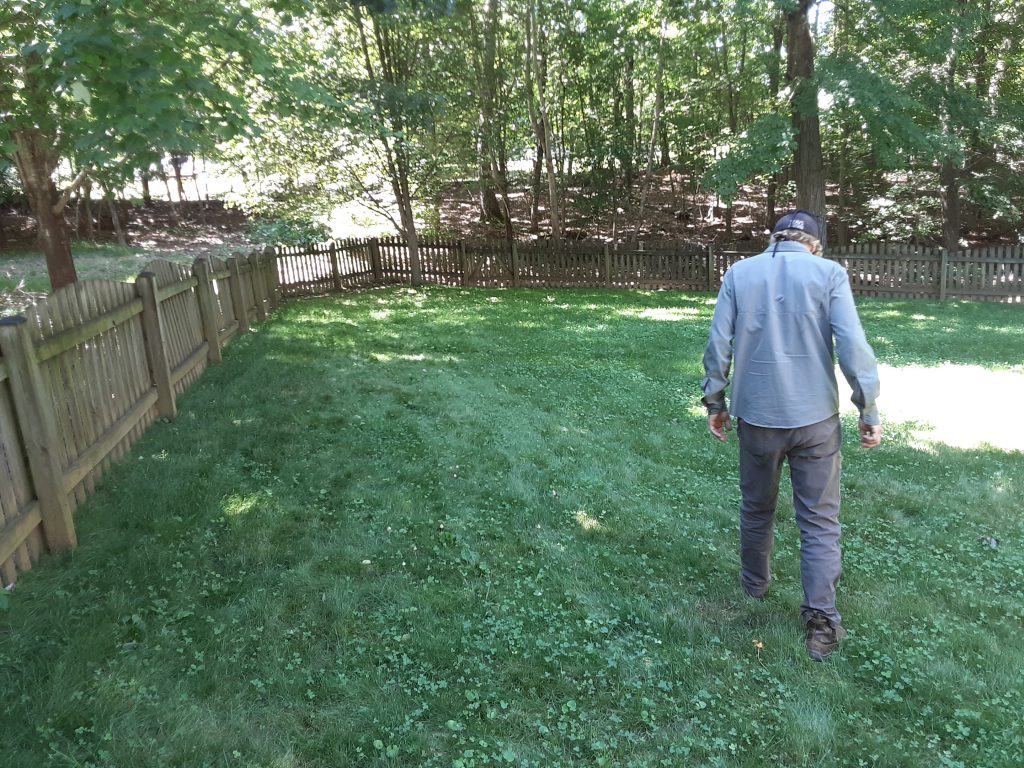
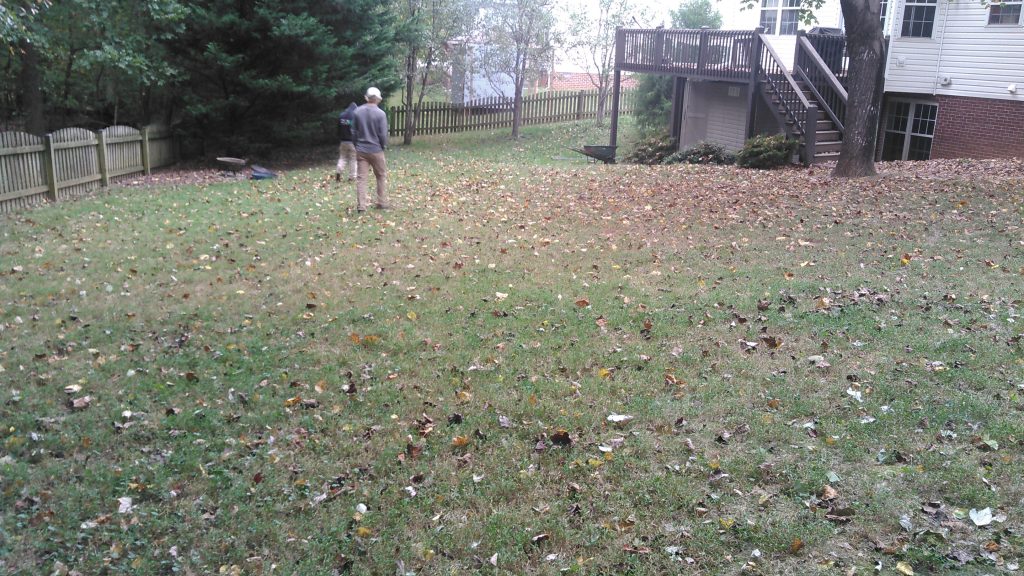
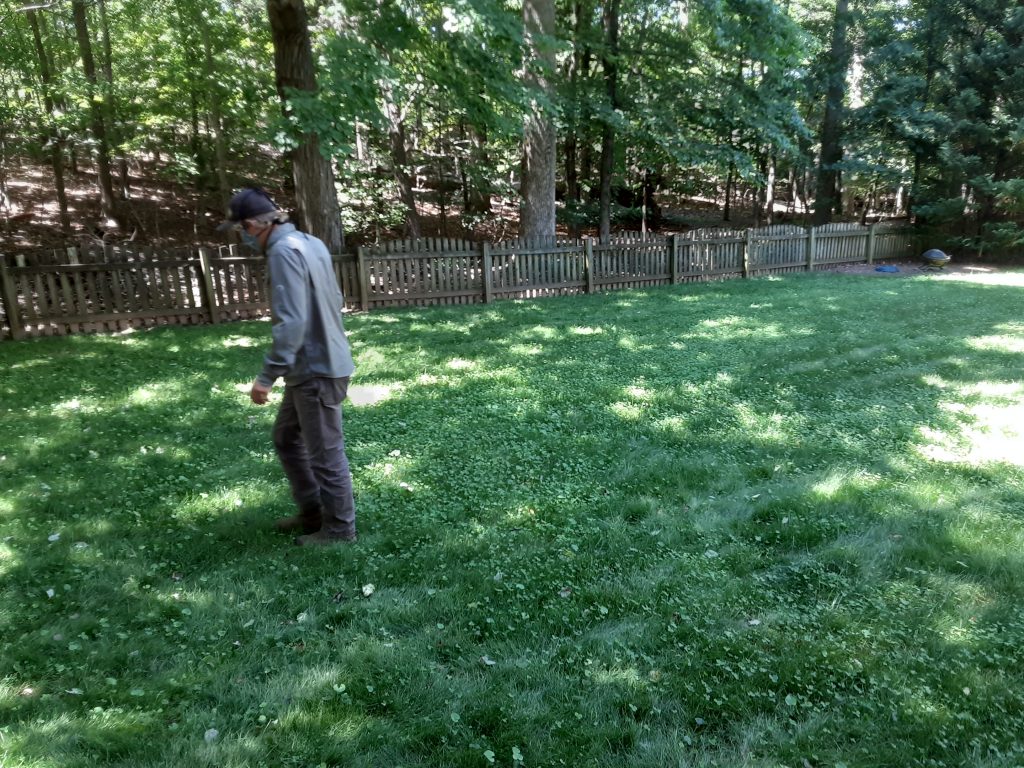
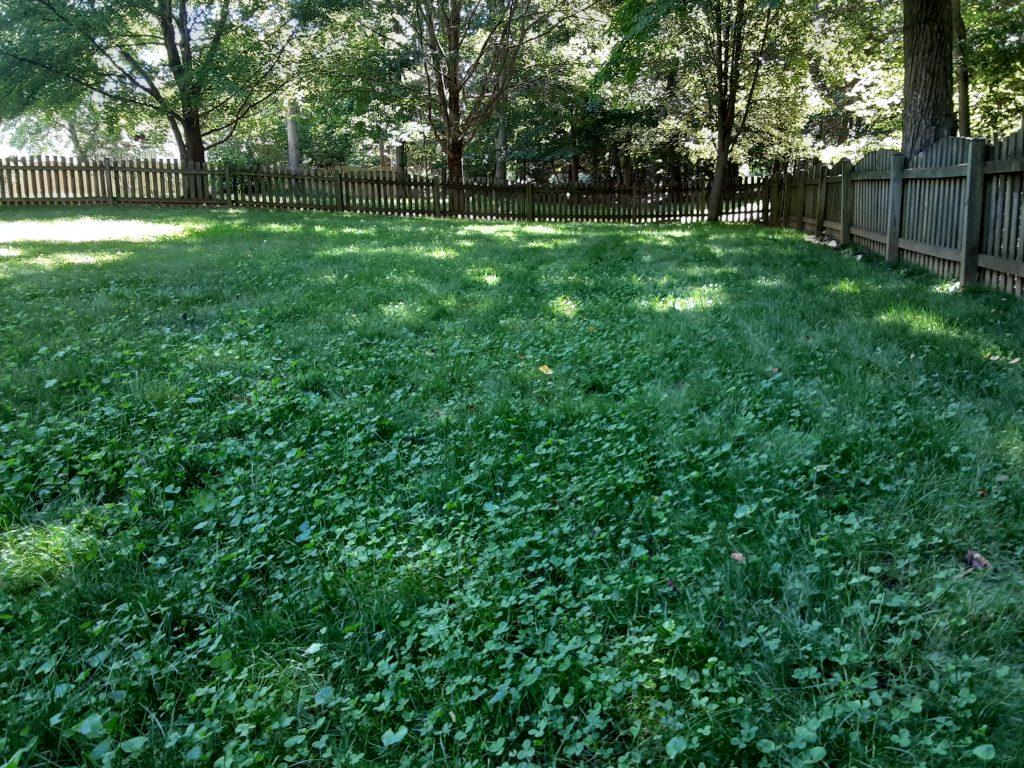


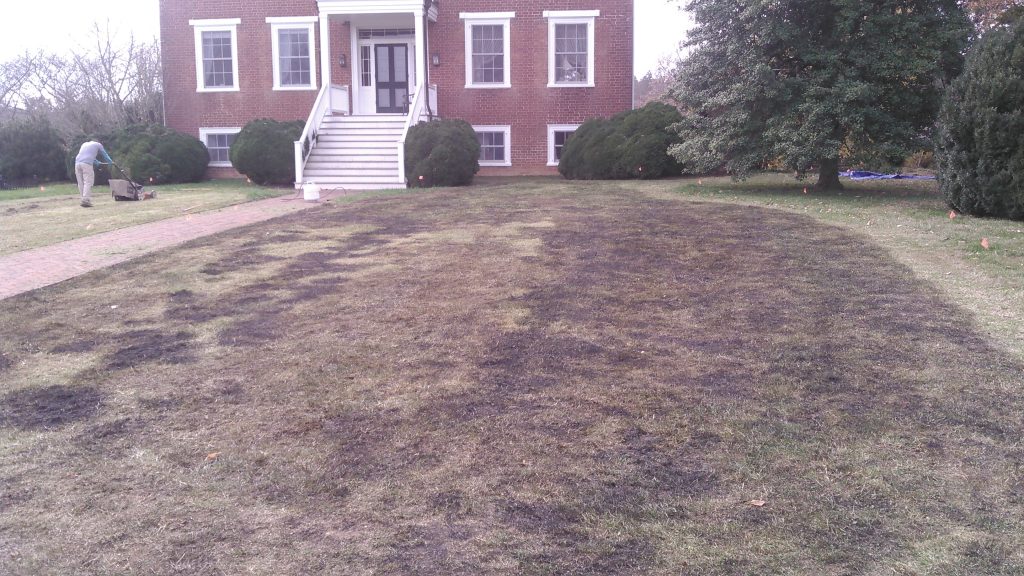
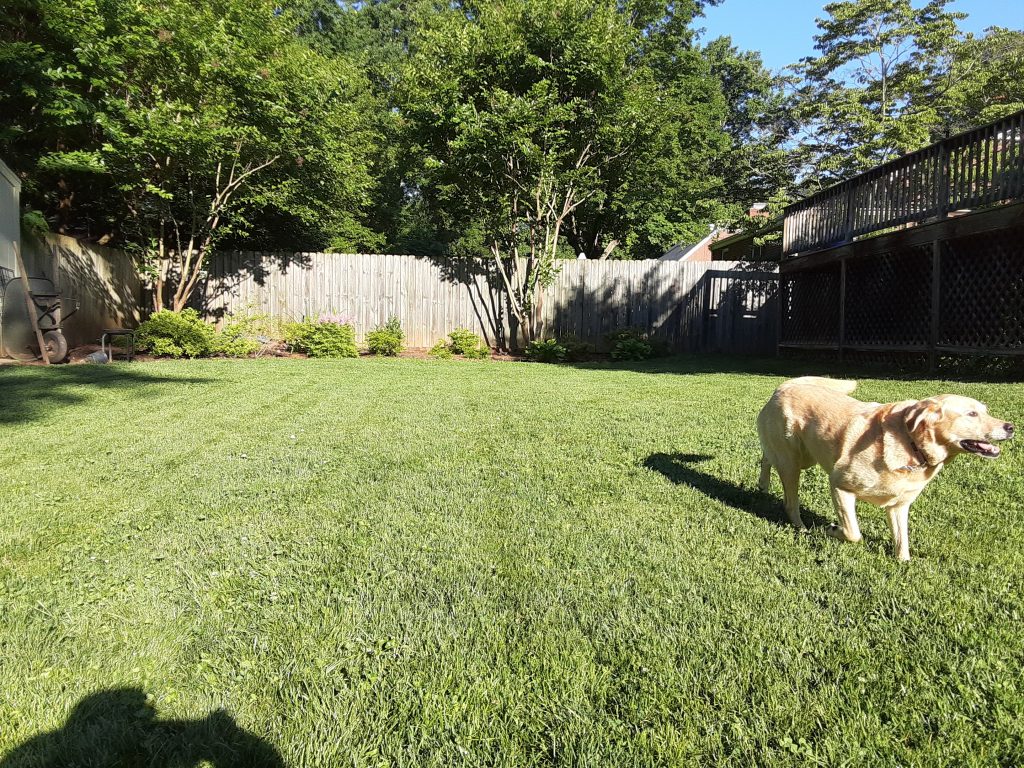
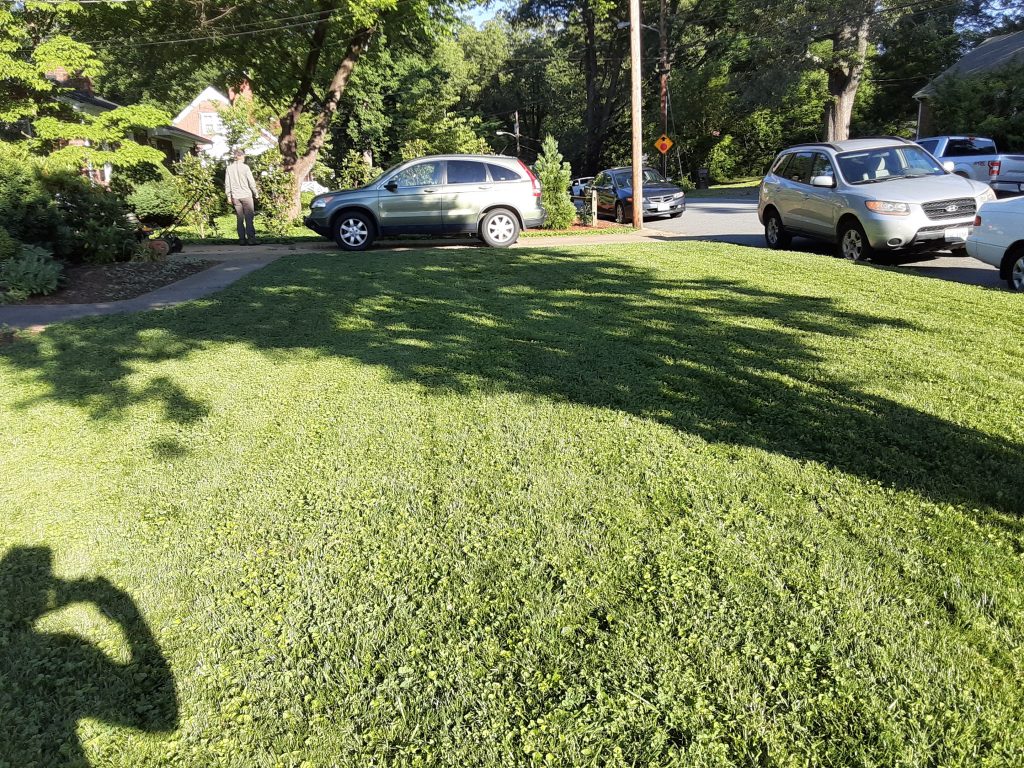


This blog provides information and commentary that may not represent the views of ACP’s Directors and Advisors
See new photos of our pollinator and regenerative lawn projects.











This blog provides information and commentary that may not represent the views of ACP’s Directors and Advisors